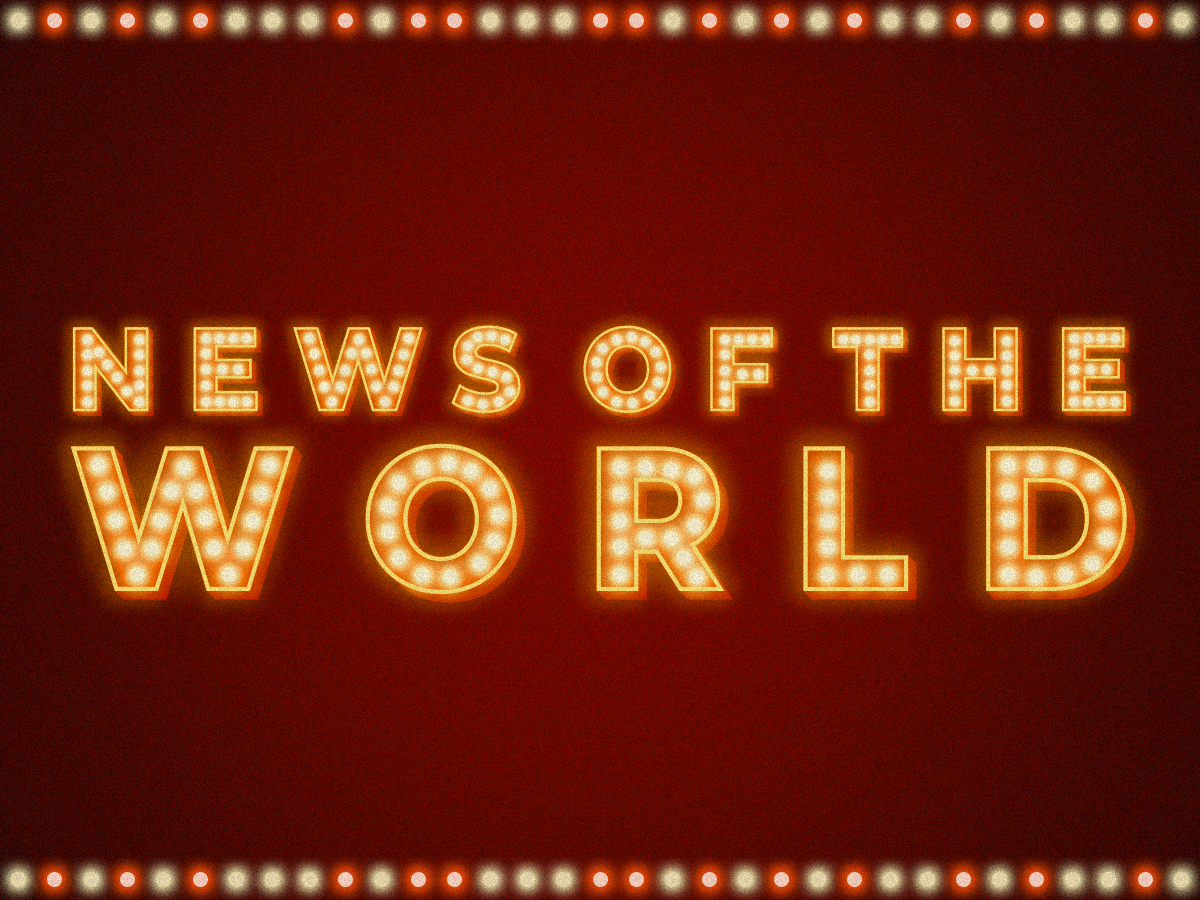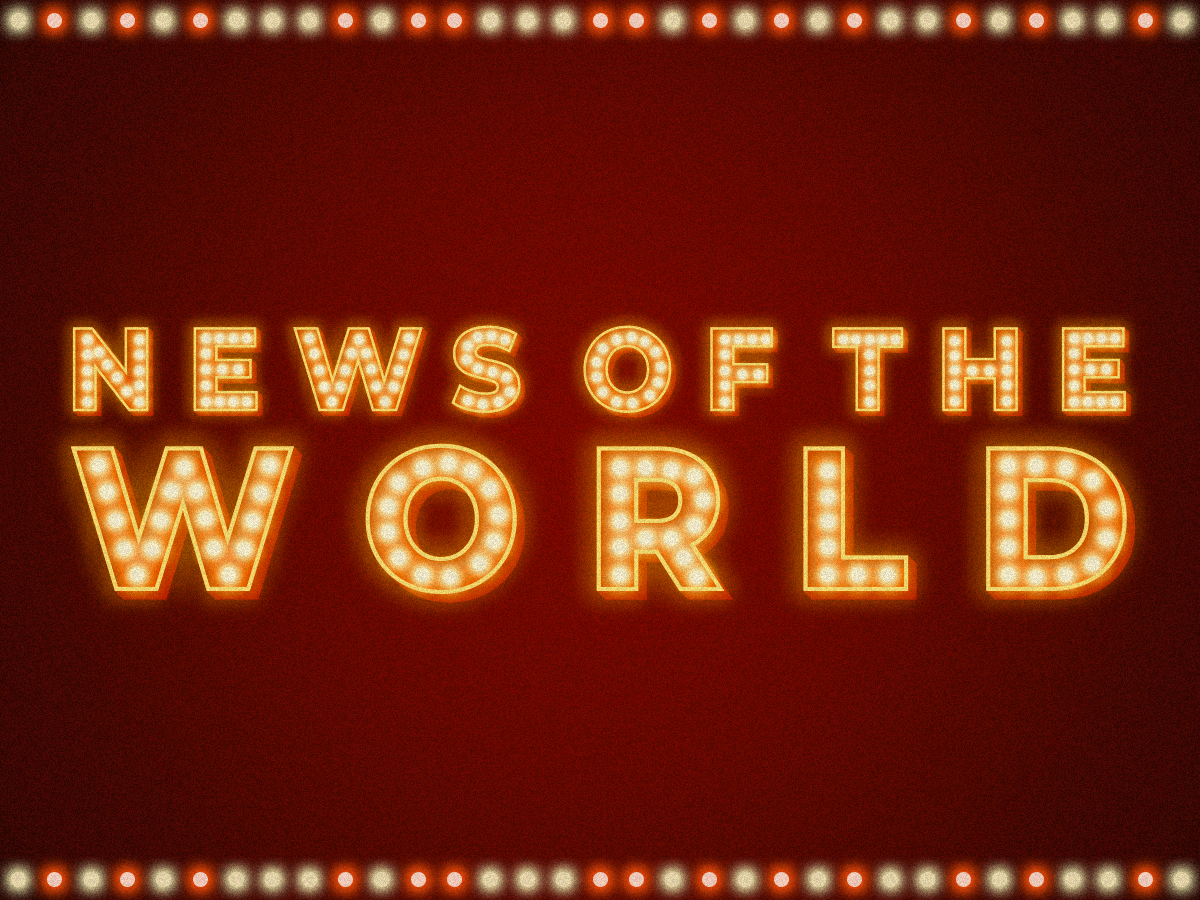
When former chairperson of Samsung Group Lee Kun-hee passed away on October 25 last year, the art collection he left behind was hailed as the “donation of the century” and has since attracted a great deal of attention. One center of focus has been the Daegu Museum of Art’s special exhibition Welcome Home: A Feast of Art, which showcases works donated from the Lee Kun-hee Collection and has seen success with a steady parade of visitors daily.
The exhibit, which includes 21 works donated from the Lee Kun-hee Collection and around 20 other pieces from the museum’s existing collection, introduces visitors to those artists who have left their mark on modern and contemporary Korean art history. Among the works are pieces by Korean modern and contemporary artists such as Lee In Sung, Lee Qoede, Seo Dong-jin, Kim Chong Yung, Moon Hakjin, Byun JongHa, and Yoo Youngkuk; through the donated works, the exhibition provides an opportunity to see every last part of the whole of Korean art.
Yoo Youngkuk is currently receiving the most attention among the artists, with plenty of media coverage. His is an abstract work but based on mountain scenery—a high-contrast, visually arresting color field painting that expresses views of nature. The work manages to create tension and harmony on the canvas using simple lines, contrasting colors and dense composition, all without reproducing any elements of nature. The artist expresses himself with an unrestrained pattern of curves and division of colors to show a pure feeling of color on the canvas, while primary and secondary colors seem to radiate on the well-harmonized surface details.
Not all of Yoo’s works are canvases of nature motifs reduced to elemental shapes, however. Yoo’s work exhibited a characteristic interest in absoluteness of form and exclusion of color while he studied in Tokyo in the 1930s, and the changing tendencies of his works between periods of his life is said to have come from his free-spirited artist’s disposition. Nevertheless, the consistent focus on the abstract starting from his earliest works and the sense of order captured on his canvases through division and rhythm remain major features that run throughout his entire body of work. Before he returned to Korea in 1943, Yoo unveiled numerous experimental pieces and won awards for his free world of formative art at exhibitions such as those hosted by the Independent Artists Association and the Free Artists Association, both of which counted Kim Whanki among their founding members.
Now an active artist, Yoo returned to Korea and started his domestic work in earnest when he helped establish the New Realism Group in 1947. Starting with the pieces he debuted through his work with the group, images of nature began to appear on his canvases; the scenery of his hometown is believed to have been the impetus. With the exception of his earliest works from his time studying abroad, this style is found throughout most of his works. The look is especially apparent from the 1960s onward, where a mountain motif that became representative of his oeuvre was especially dominant. As he moved on from cold suprematism and progressed into warm lyrical abstraction, not only did the sense of absoluteness disappear, but by composing natural order on the canvas he also carried on with his use of order and form.
Yoo once described his work as something that he did “however I want, regardless of circumstances”—an investigation via nature that falls within the artist’s subjectivity, not a simple reproduction of what the eye sees, where space and time emerge as the beauty of shapes in balance on a flat canvas. Yoo pursued the study of abstract and natural forms his entire life and is considered to be an extremely important figure in the world of Korean abstract art and a pioneer of nature motifs in the abstract. However, although he is now held in high regard, Yoo’s works hardly sold until then-Samsung chairperson Lee Byung-chul first purchased one in the 1970s. As such, this exhibition is an opportunity to rethink the importance of art collectors when it comes to the development of Korean art.
-
 © DAEGU ART MUSEUM
© DAEGU ART MUSEUM
Unauthorized reproduction and distribution prohibited.
- [NoW] A party for Andy Warhol2021.04.09
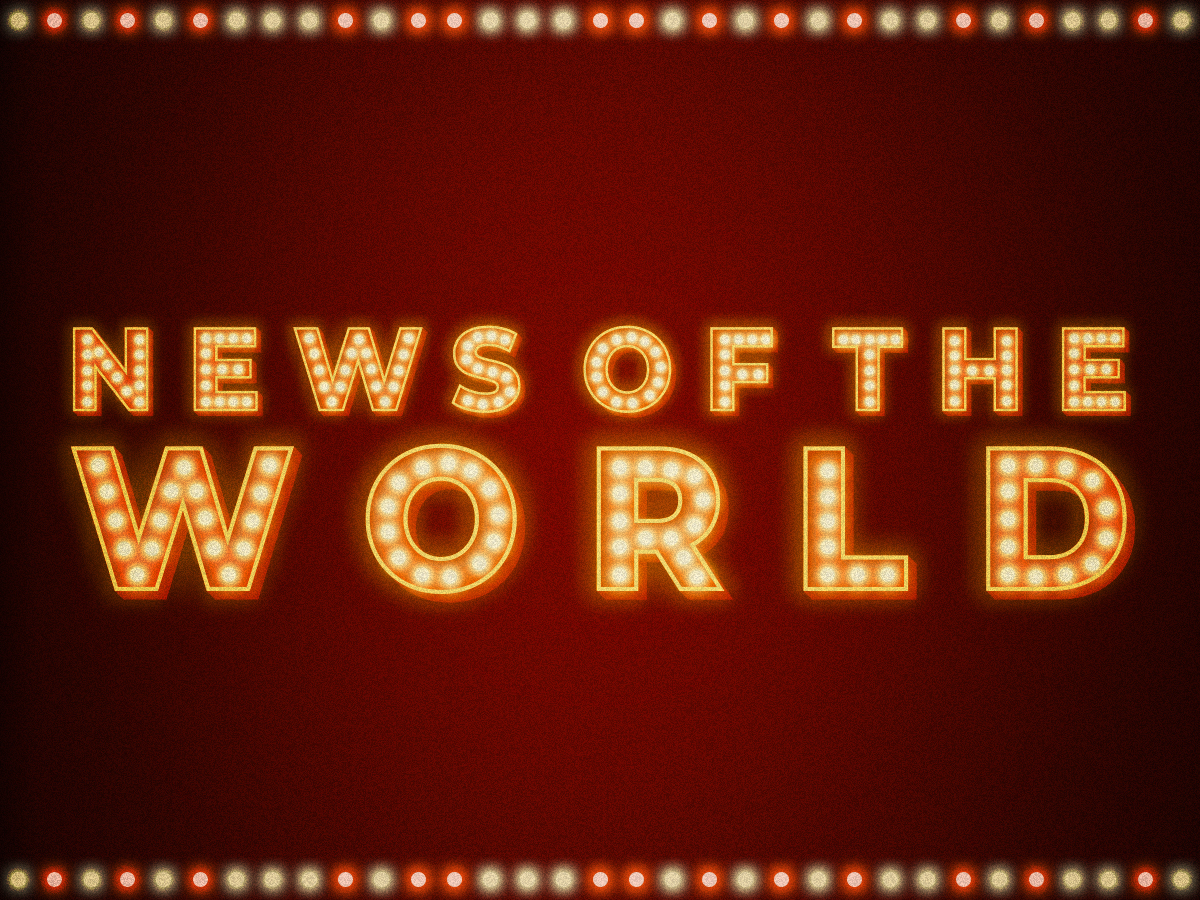
- [NoW] Lee Bul : Beginning2021.05.07
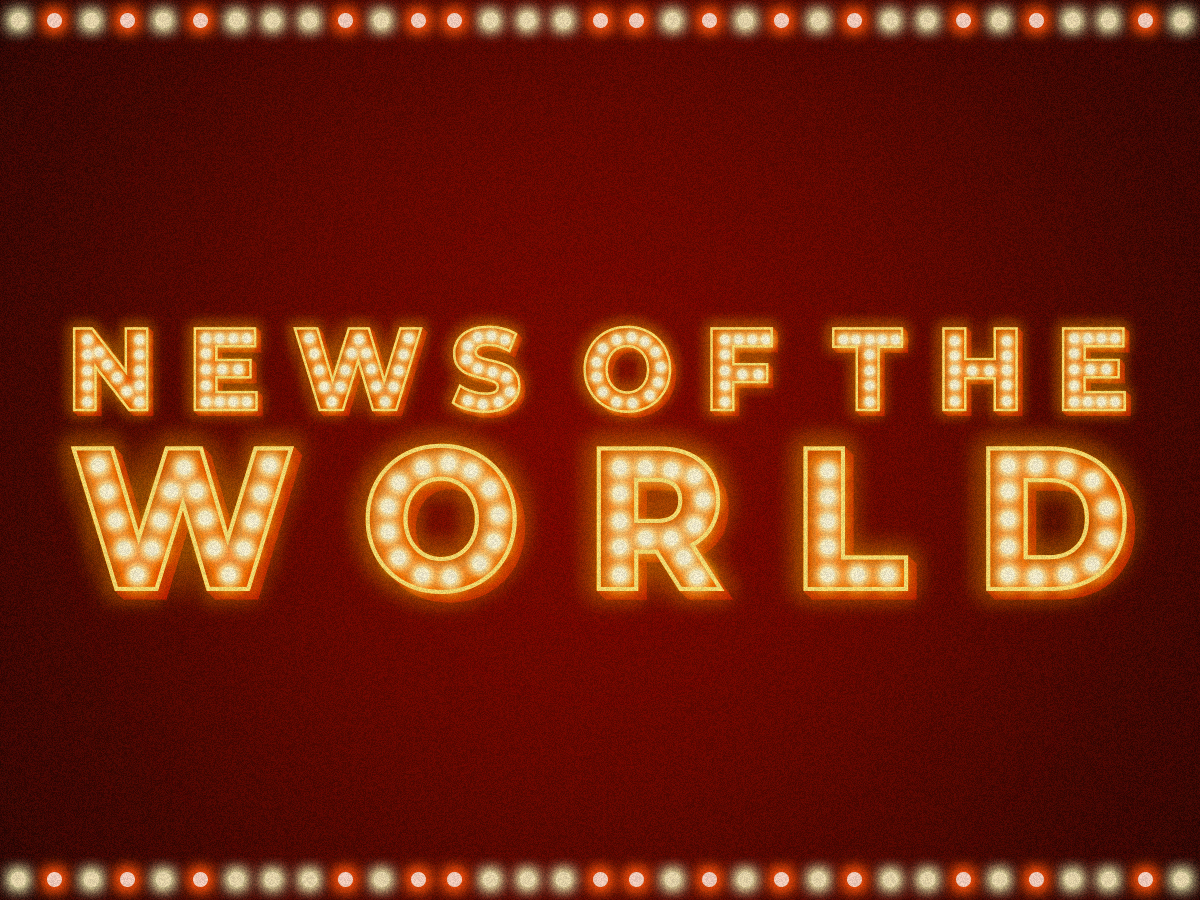
- [NoW] Picasso’s Eternal Passion2021.06.04
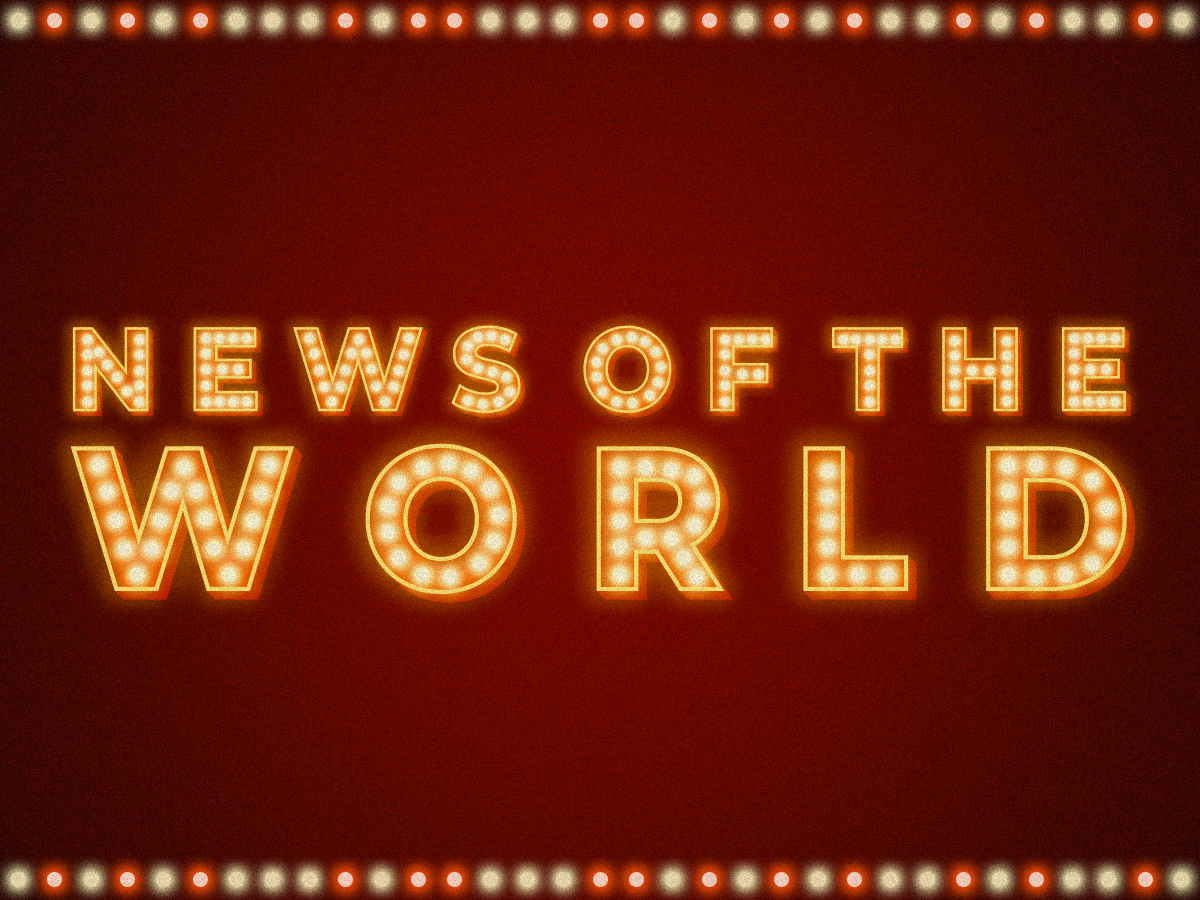
- [NoW] Richter’s colors and lights2021.07.02
